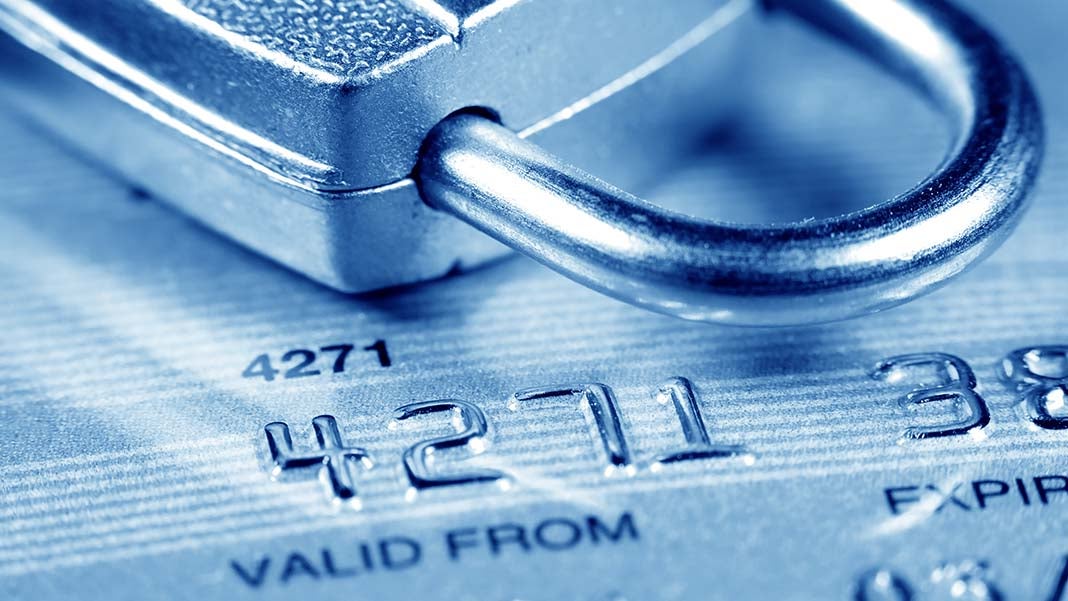3 Surefire Tips for Identity Theft Guards and Fraud Protection
By: Matt Shealy

Few people realize the amount of information available online or in electronic data caches that reveal specific details about our lives and financial transactions. Although you may feel that some of the more intimate details, like your shoe size, shampoo preferences, and tunes for singing in the shower, are hidden from the general public, think again.
Consider the way the ads on your social media site or browser windows suddenly reflect what you had recently purchased off of Amazon. Technology and smart devices know and remember a lot of information about each of us. It’s no surprise that those who wish to take advantage of our weaknesses do so by hiding the dark underworld of the internet and unknowns of cyberspace.
They aren’t after your grocery list. They want the information in your credit report. They want your financial records or social security number. They want your identity. It’s a scary world when you consider the damage an identity thief can do to your life.
Cyber Crime Trends
The National Justice Bureau cautions that cybercriminals follow a general pattern when looking to commit a crime. There is unauthorized or attempted use of an existing account. They try to use personal information (unauthorized) to open a new account, or they may try to misuse the personal information of another for fraudulent purposes.
Over time, cybercrime has gotten incredibly more complex, and as technology continues to develop, it will take more effort and vigilance to protect yourself from becoming a victim.
One of the latest trends in cybercrime is “phishing.” This is the use of emails, phone calls, and websites to steal money. Software is installed in computer through an opened email or message that slowly steals the personal information. The information they receive is the bait that then gives them access to your money.
Another trend is using fraudulent tax returns. Using your name, social security number, and address, millions of fraudulent tax returns are filed early each tax season by criminals, hoping to siphon the funds before the unsuspecting victim files their return.
Criminals are also getting bold through their endeavors to steal information from your medical cord. According to a report by Reuters, a medical card is worth 10 times what a stolen credit card number would bring on the black market. This is a particularly dangerous trend, as errors in medical information that has been leaked in legitimate medical records could jeopardize patient health.
1. Strengthen the Focus
Trends in cybercrime will be mirrored by trends in countermeasures. In the future, more attention will be given to the data of our lives, but with a concentration on data breaches, data privacy, and data abuses.
Consumers have largely been kept in the dark about the threats of cybercrime, except for the large companies receiving media attention for glaring security lapses and data exposure. However, consumers will begin to understand more clearly just how significant a data breach can affect them.
The entities at fault will be under more pressure to give the details of the data that has been compromised, and vague terms will no longer be accepted as a brush off for the severity of the event. More security notifications with things like email or username use will become more commonplace, rather than just keeping track of information tied to social security numbers or financials.
2. Finding Government Support
The more the consumer demands transparency and accountability for incidents like the one involving Facebook and Cambridge Analytica, the more regulations and watchdog groups will be able to get involved and demand answers. Consumers have a right to know where their information is going and what it is being used for, leading them to demand what information has been leaked, breached, or stolen. Consumer privacy is becoming a priority in areas all across the nation, and many states are taking the regulations and responsibility to heart.
California, who had one of the higher numbers of cybercrime reported in the last year, has passed data privacy legislation to help empower the consumer and maintain pressure on the industry. In time, other states will follow suit to protect their citizens.
Although a federal data breach law has been in the works for quite some time, it still isn’t perfect nor a total reality. The industry, public, and policymakers alike are aware of the need for increased attention on data privacy and identity security, but it will take time for effective protections to be established.
3. Taking Your Own Stand
The thoughts of being exposed to cybercrime are frightening enough, but being a victim is even more terrifying. There are ways to reduce your risks, and they are fairly simple to implement. First of all, you can reduce your digital footprint. Use your computer carefully, and be sure to update your security systems regularly.
Never open files from people you don’t know, and don’t click on links from strange ads, emails from strangers, or unsecured websites. You can also eliminate a paperwork trail of personal information by buying a shredder. Anything with data that can identify you or your financials should be shredded rather than thrown out.
You can also by a locking mailbox or rely on a post office box to keep your mail out of the reach of thieves. Carry only the credit cards and information you need in your wallet because every piece of information could be valuable to a thief. Stay organized and follow your credit report carefully. You will be able to see any changes as soon as they occur.
Doing your due diligence will help protect your identity from falling into the wrong hands. Although the digital age has brought numerous conveniences, it has also brought the threat of cybercrime. You must be vigilant to avoid becoming a victim.
1831 Views












